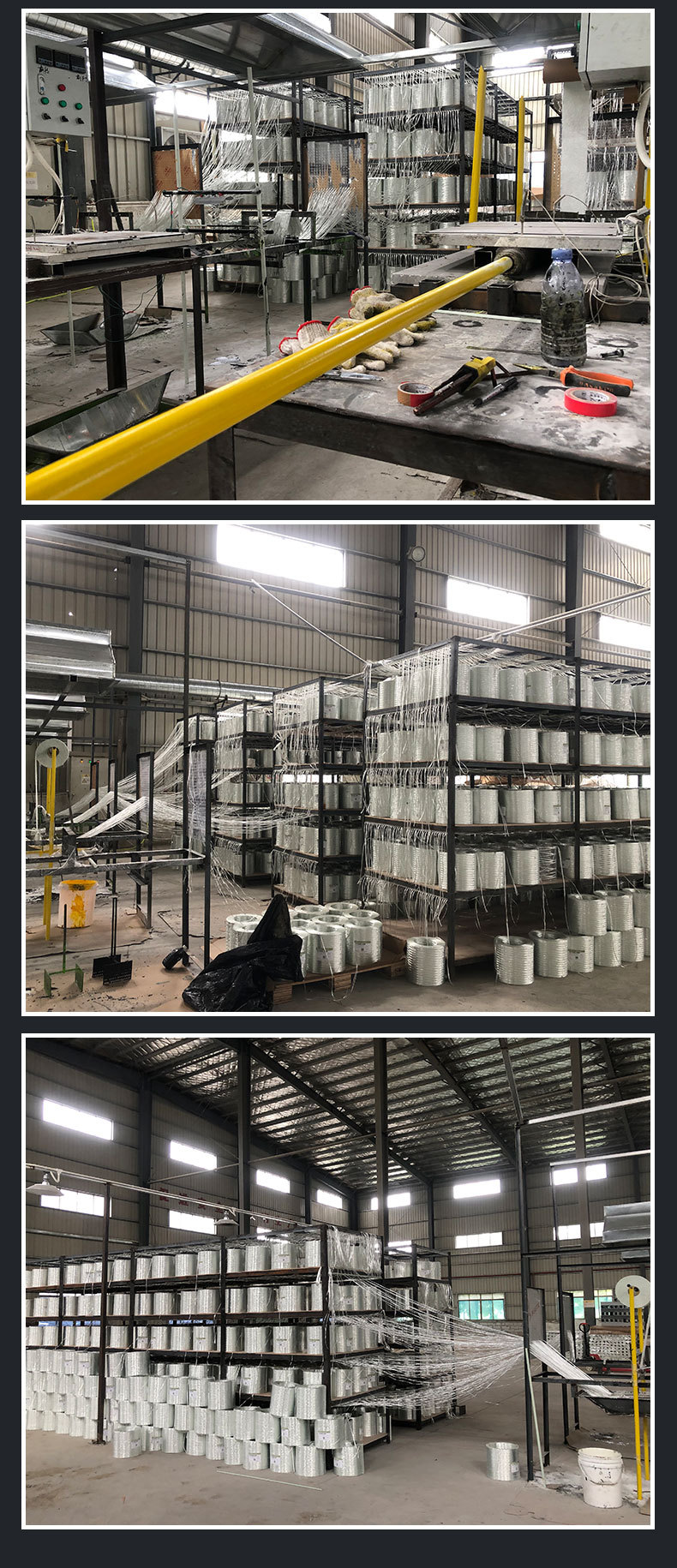Overview
Profile Fiberglass, also known as fiberglass reinforced plastic (FRP) profiles, are versatile structural components manufactured through pultrusion—a continuous process that combines glass fiber reinforcements with thermoset resins to create uniform, high-strength profiles. These profiles are engineered to replace traditional metal or wooden structural elements, offering a unique blend of durability, lightweight design, and resistance to environmental factors. Available in various shapes such as channels, angles, I-beams, and custom sections, they cater to a wide range of industrial and commercial applications.
Features
Customizable Cross-Sections: Tailored to specific project requirements, profile fiberglass can be manufactured in virtually any shape or size, providing design flexibility for complex structures.
High Strength and Stiffness: The aligned glass fibers give these profiles excellent mechanical properties, with tensile strengths comparable to steel but at a fraction of the weight, enhancing structural integrity without adding bulk.
Excellent Weather Resistance: Treated with UV inhibitors and protective coatings, they resist fading, cracking, and degradation from prolonged exposure to sunlight, rain, and extreme temperatures.
Non-Conductive and Non-Magnetic: Ideal for electrical and communication systems, as they do not interfere with electromagnetic signals or conduct electricity, ensuring safety and reliability.
Low Maintenance: Unlike metal profiles that require painting or rust prevention, fiberglass profiles retain their properties over time with minimal upkeep, reducing lifecycle costs.
Applications
Construction: Used as beams, joists, and supports in buildings, bridges, and walkways, especially in corrosive environments like wastewater treatment plants or coastal buildings.
Transportation: Employed in truck bodies, trailer frames, and railway car components to reduce weight and improve fuel efficiency while maintaining structural strength.
Renewable Energy: Supports for solar panels, wind turbine access ladders, and geothermal well casings, where resistance to weather and chemicals is essential.
Industrial Equipment: Used in conveyor systems, machine guards, and storage racks in factories and warehouses, offering long-lasting performance in harsh industrial settings.
Architectural Design: Decorative and structural elements in buildings, such as railings, cladding, and skylight frames, combining aesthetic appeal with functional durability.
FAQ
Q: How do profile fiberglass compare to aluminum in weight?
A: They are approximately 60% lighter than aluminum, making them easier to handle and install while reducing structural load.
Q: Can they be cut or drilled on-site?
A: Yes, standard woodworking or metalworking tools can be used for cutting, drilling, or machining, though proper dust extraction is recommended.
Q: What is their service life?
A: With proper installation and exposure to normal conditions, profile fiberglass can last 20-30 years, significantly longer than untreated wood and comparable to well-maintained metal profiles.
Q: Are they fire-resistant?
A: Most formulations offer moderate fire resistance (flame spread rating <200), with fire-retardant versions available for applications requiring higher safety standards.























